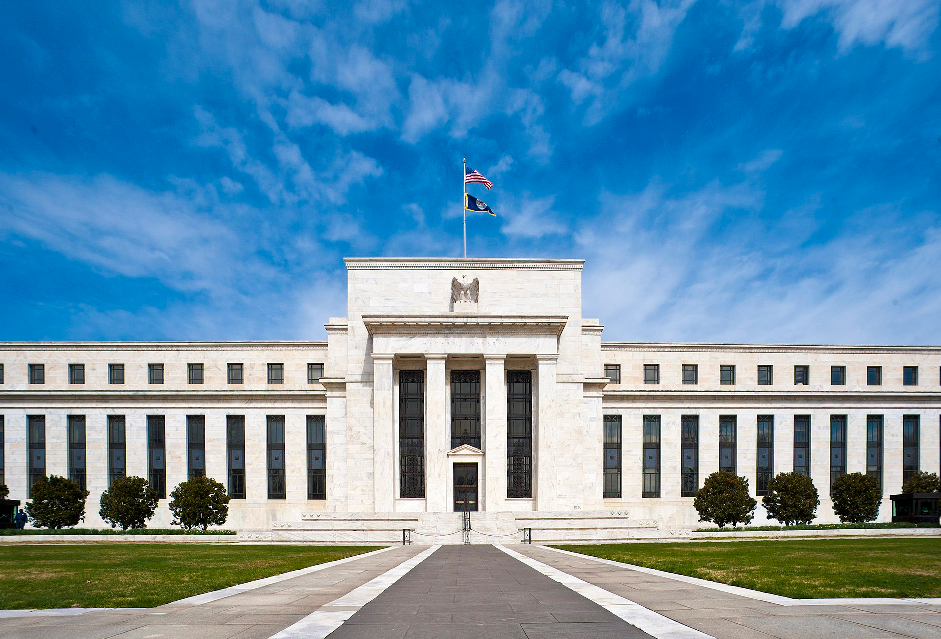Sticker Shock & Thorny Question: How Much Have Car Prices Really Risen over Three Decades?
by Wolf Richter, Wolf Street:
 Wages rose with inflation, but not nearly enough to pay for “quality improvements,” which is why working people feel increasingly impoverished.
Wages rose with inflation, but not nearly enough to pay for “quality improvements,” which is why working people feel increasingly impoverished.
There are two ways to answer the thorny question: One way, as measured by the official CPI for new vehicles. And the other way, as measured by retail prices. So here are the retail prices, as measured by base MSRP, for one of the bestselling four-door sedans in the US, the Toyota Camry LE, going back to 1990. And in a moment, we’re going to compare this to the official CPI for new vehicles.
The base MSRP for the Camry LE jumped nearly 70% in 30 Years.
You already knew this: New vehicles have gotten a lot more expensive over the years, regardless of what CPI says. In 1990, the base Camry LE with a four-cylinder engine and automatic transmission came with an MSRP of $14,658. The just-arriving 2020 base Camry LE with a four-cylinder engine and automatic transmission comes with an MSRP of $24,840, up 69.5% from 1990:

The $1,080 jump (+ 4.7%) in price from the 2017 model year to the 2018 model year was the result of a redesign of the 2018 Camry that included appearance, dimensions (longer, lower, wider), aerodynamics (the sculpted face), and performance (the 2.5 liter 4-cylinder engine was boosted to 203 horsepower and 186 lb-ft of torque).
The purpose of a redesign is multi-fold: To catch up with or leapfrog the competition; to improve sales or keep them from collapsing further; and most importantly, to be able to charge a higher price. The latter doesn’t always work because competition is fierce, but it certainly happened in 2018.
Why use MSRP?
We all know that no one pays MSRP. Automaker heap on rebates and incentives, and dealers give discounts. But this was also the case in 1990. So that’s a constant.
MSRP and dealer “invoice” are set by the automaker at the beginning of the model year and don’t change for the model year. What changes are the incentives, rebates, and discounts, depending on market conditions. If dealers drown in inventory, and sales get bogged down, discounts and incentives are increased to move the iron. This can change from one day to the next. But MSRP is fixed for the model year. Nothing is perfect, but using MSRP allows us to approximate price changes.
We also know that once we add an option to the base LE trim package, the MSRP jumps. For example, in 2020, the “starting at” MSRP is $24,840. But the most common models listed on dealer inventories are priced higher because they have more equipment. But that was the case in 1990 as well. Apples to apples, as close as possible: We compare base MSRP of the LE over the years.
How did I get this data?
Erik Senko, a former hedge fund manager and now Adjunct Professor at the Business Dept. of Santa Monica College who teaches investment and personal finance, sent me some amazing new-vehicle pricing data going back decades from a research project that one of his students, Jisoo Kim, submitted. The goal of her project was different from my goal: it was focused on the three top-selling four-door sedans in each model year and included models from GM, Ford, Honda, Nissan, and other brands.
My goal is to show price changes over the years, within the same model, regardless of best-seller status. I focus on the Camry LE because her data set was the most complete over the years for this model, and I only needed to dig up the data for a few years that were missing in her data set when the Camry wasn’t in the top three. I contacted Jisoo Kim to confirm how she’d obtained the data – she’d used various sources available on the internet. This was a lot of digging. Kudos to her.
Price increases are small until suddenly they aren’t.
The chart below shows the year-over-year percent change in the base MSRP of the Camry LE by model year. Note the 4.8% jump in 2018, following the redesign. The years before the redesign, prices were nearly flat. The chart also shows that price increases can be carried too far, causing resistance in the market, whereupon the automaker decides to adjust the MSRP the following year.
Loading...


